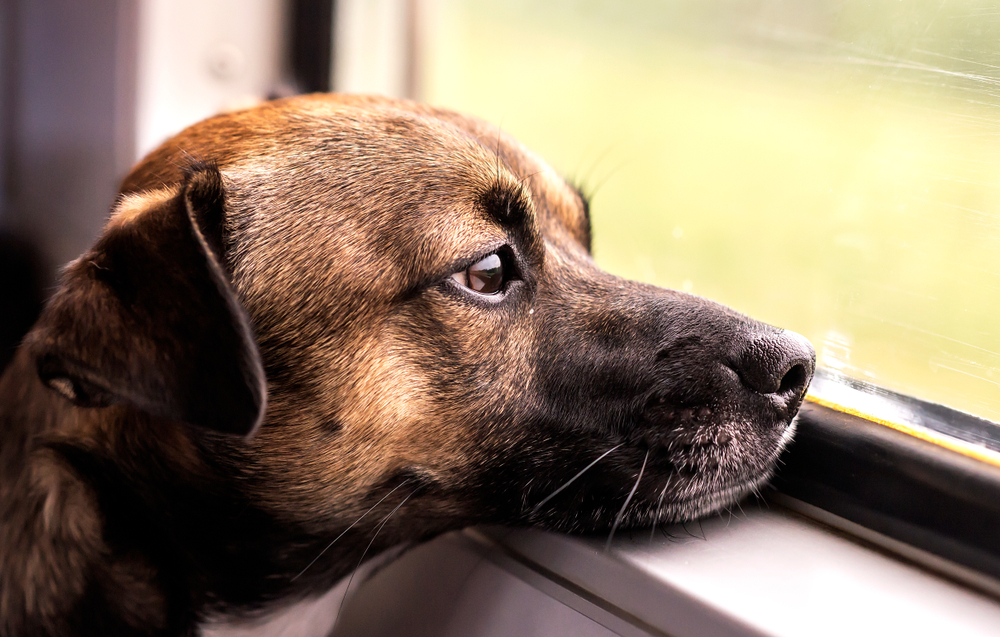Are you having pandemic puppy problems? If you are one of the millions of people to adopt a puppy during the pandemic, you know the struggles of socializing your puppy during COVID. After March 2020, our way of life changed dramatically. Things we took for granted, like having people in our homes, going out, were not an option. Group dog training and socialization classes were very limited or not available at all.
Restrictions are easing up, so there are starting to be more opportunities for puppy socialization and training. Socialization is learning to mix socially with others (dogs and people) and learning to behave acceptably around others. It’s important to take advantage of socialization opportunities since our pandemic pups have likely missed a critical component of becoming happy and well-behaved dogs. Generally, socialization should really start in the early weeks and months to avoid later behavior problems.
If you have had limited opportunities to train or socialize your puppy or dog, you may be wondering how to introduce them to the world. You’ve come to the right place; Westarbor Animal Hospital is here to provide some guidance.
Socialization Starts at Home
Even though you weren’t able to get your dog out with others, there are things you may have done (or should do now) to socialize them. Hold and interact with your puppy often. Invite a few family members, friends or neighbors to come over to visit, even if it is in the yard. This exposes your dog to be exposed to new people without overwhelming your pup in a public place. Social experiences should be pleasant for our pups. If your pup starts to feel overwhelmed, take them out of the situation.
Socialization also includes introducing your pandemic pup to new textures, surfaces, items, sounds, and everything else in the big world. On their walks, get them to walk across a variety of surfaces (sand, tile, concrete, etc.) and practice using sounds in the environment, like music, the vacuum, and car engine. Expose them to a wide variety of sights, sounds, smells and textures. This gets them acclimated to noise and common sensations around them.
Once they are acclimated to a variety of sensory objects, as well as new people, slowly give them more opportunities to be outdoors around others. Go for a walk where they will encounter others and see how they react to other people and pets. Keep the introductions upbeat and fun. Gradually expose them to parks and other public places (on a leash) and watch them blossom into confident adult dogs.
Obedience Training
Obedience training or positive rewards based training is an essential part of every well-adjusted pooch. There are basic ingredients that go into successful obedience training.
- Crate Training – When you are training a puppy or young dog, a crate will be your best friend. Make the crate warm and inviting, placing a bed and blankets, as well as toys and treats, inside. This crate will act like a den for your pup and will discourage them from having accidents. This is because most dogs won’t make a mess where they sleep. You can use the crate during the night while you are potty training your dog, but remember that you must take them out often while they are learning.
- Basic Commands – In order to raise a great dog, they must be able to understand and respond to your commands. Your dog needs to learn how to listen to your cues. Essential commands they must know include: sit, stay, come, drop it, and leave it. To teach commands, we recommend small treats you can disperse each time your dog performs the right action. Repetition and reward are important to your dog’s ability to grasp commands.
- Home Alone – After a lengthy pandemic, many pet owners are going back to work. If you have been at home during your puppy or adult dog’s adoption, it can be difficult to leave them alone for any length of time. Behaviors like howling, chewing, attempts to get out, and other destructive behaviors are common when dog owners return to work. To avoid separation anxiety, leave them home for a few hours at a time, assessing how they react. Give them a reward when you leave, such as a dental chew, to reinforce that there is something positive that happens when you go out the door. Gradually increase the duration of their solo time.
Do You Have Pandemic Puppy Problems? Call Us!
These are just a few foundational suggestions for struggling dog owners. Puppy socialization and training go a long way in curbing unwanted behavior and fear in our canine companions. If you are having pandemic puppy problems and you need extra help giving your dog the confidence they need to be a well behaved, happy, and healthy pet, please contact us.


